Keystone Pricing
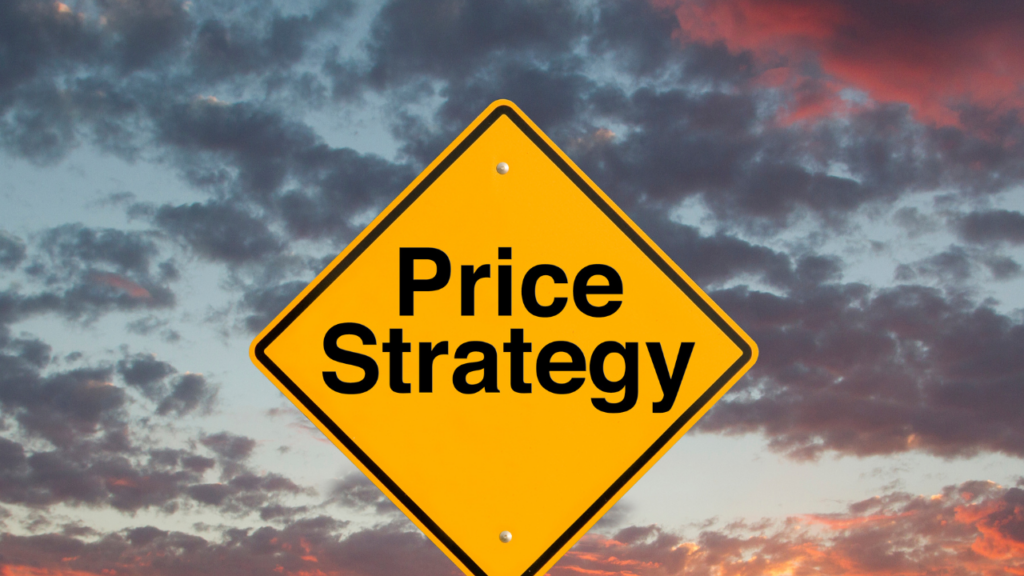
Keystone Pricing
Keystone pricing is an approximate method for calculating retail prices that involves multiplying wholesale cost times 2, and adding this figure to original cost to arrive at final selling price.
This method provides retailers with a quick and straightforward method for quickly calculating and setting prices; however, it may not always be applicable for all products.
Easy to calculate
Keystone pricing is an easy, rule-of-thumb strategy retailers can use to set retail prices of their products. This method begins by multiplying an item’s wholesale cost by two; this enables retailers to take into account coupons, returns, discounts and any other variables while creating an accurate margin estimate that provides confidence that can increase profits significantly. Though not suited for all products or retailers, keystone pricing has proven its worth in helping retailers turn a good profit margin.
This pricing method dates back to pre-computer times when retailers had difficulty gathering all of the information about individual items they sold and creating optimal prices based on this data. Doubling wholesale costs was one way for retailers to establish an acceptable profit margin while taking into account additional factors like fixed costs, discounts and theft.
Although this method is simple to calculate, it may not always be applicable for all businesses. For example, it might not work well for retailers who sell highly unique products that require significant time for creation; similarly, it should not be applied to businesses selling uniform or widespread goods.
One of the main mistakes small businesses make when employing pricing strategies is failing to consider their target market. Ignoring their target market can result in overpricing products and missing sales, creating major issues for any small company that relies on them for revenue and profit generation. Luckily, it is possible to avoid making this error by understanding your target market and selecting an effective pricing strategy for your business.
It ensures profitability
The keystone pricing strategy can help ensure profitability for small businesses. It is easy to implement, applies to multiple products, and enables rapid price changes. Before adopting this method, however, it is crucial that businesses carefully consider all its implications before proceeding.
One of the biggest mistakes businesses make in this strategy is failing to communicate the value of their products or services to customers, so they will see its worthiness at higher price points. This can be accomplished through marketing, advertising and providing exceptional customer service.
Utilizing this pricing strategy can be highly risky for businesses that sell luxury or unique goods, since customers may refuse to pay for something they perceive as inferior in quality or value. As a result, businesses could potentially suffer significant revenue losses and fail to generate profits.
Keystone pricing may also not be appropriate for products requiring extended production times, like custom items. Their creation can be costly and it may be impossible for retailers to generate enough profit with this pricing strategy to cover their expenses.
Mega retail chains like Walmart do not practice Keystone Pricing as their vast inventory, large holding capacity and immense sales volumes enable them to recover overhead costs easily. Small town retailers, however, can utilize this pricing strategy by building loyal customer bases and meeting customers’ needs while helping prevent losing business to online e-commerce platforms.
It may not be appropriate for all products
Keystone pricing is a widely adopted practice among retailers and ecommerce businesses alike, due to its simplicity. While keystone may work for certain products, other pricing strategies may be necessary to remain profitable and stay competitive in the market.
Retailers use keystone markup as a method to control their profit margins, which involves doubling wholesale prices at point of sale (POS). It allows for flexible sales promotions but comes with some drawbacks: dissatisfied customers may cause confusion and ultimately cost money in lost revenue.
Another limitation of keystone pricing is that it does not account for factors that affect market price of a product, like demand and competition. Furthermore, keystone does not take into account that retailers must pay taxes, bills, rent and wages in order to operate successfully; as a result it’s essential that individuals understand all factors influencing price and use different pricing strategies accordingly.
Keystone pricing can be an effective strategy for many businesses; however, it might not suit every product or target market. Some consumers might object to paying more for lower quality goods – which could cause them to opt-out altogether – thus necessitating more research to identify an ideal pricing strategy for each of their items and be willing to try different pricing methods and make changes based on customer feedback.
It may not be appropriate for all target markets
The keystone pricing strategy can help ensure you make a profit on your merchandise, but it may not always be appropriate for all target markets. Sometimes a 100% markup may actually result in less profit than had it been priced at a lower percentage markup; this is particularly relevant if selling discount-driven items like retail grocers or cell phone stores where customers expect deals and discounts; in these instances you must inflate IMU or MSPR to show larger discounts to your customers and ensure they understand exactly how much money they are saving them versus expected savings they know just how much they are saving versus what their expected savings is.
Keystone pricing may not be suitable for businesses with higher production costs. Instead, this strategy is typically applied by mom-and-pop shops and novelty stores with limited resources; other approaches, such as value-based pricing are more suitable when dealing with higher production costs.
Consider how your competitors price their goods when setting your markup price for goods. Apples of Gold uses a price matching strategy, offering similar jewelry at lower costs than competing stores to attract new customers and boost sales. This can help draw in more business.
Never be afraid to experiment with various markups. If you’re unsure how to set your prices, consult other successful companies in your industry to identify the ideal markup solution for you. An initial step might be choosing a price that covers overhead expenses while providing a reasonable profit margin, followed by trialing various markups until finding what works for your business.
It may not be effective for every type of product
Keystone pricing is a strategy designed to maximize profits for retailers by charging more for high-value or high-quality products. It operates under the belief that consumers are willing to pay more for those offering unique value, such as rarity or exclusivity. Businesses using keystone pricing can use it to distinguish their offerings from competitors while simultaneously cultivating loyal customer bases – though it may not always work across products and target markets.
Example of keystone pricing not fitting for luxurious goods that customers perceive to have low quality or value; customers may be unwilling to pay more, leading to decreased sales and profits. Furthermore, keystone pricing might not work for products which are difficult to manufacture or transport and difficult to communicate to customers as an appropriate pricing strategy.
One common misstep small business owners make when using keystone pricing is neglecting to consider the needs and desires of their target market. By neglecting to consider them, they risk failing to attract the appropriate customer type, thus failing to reach their objectives; or they run the risk of drawing too many customers at once which leads to price discrimination.
Small business owners sometimes make the mistake of miscalculating wholesale inventory costs, leading to inaccurate calculations of cost of goods sold which may not cover overhead expenses. Therefore, it is imperative that prices are reviewed periodically so as to prevent losing money through price discrepancies.
Keystone pricing remains an effective solution for businesses that wish to avoid costly mistakes and save time and effort by simplifying calculations for those without extensive financial or accounting knowledge. Its simplicity also makes it an effective time-saver when managing projects on their own without needing outside help from specialists in these areas.
Step-by-step training on how to sell to major retailers
We explain exactly how to do that and how to get started today. I’ve taught tens of thousands of companies on how to get your products to the stores. And so we’re here to support you. Or please subscribe to our Youtube channel and or be on the lookout for additional training that we create.
We are here to expedite the process of making money with your physical products and that’s what we’re all about. Take a look at our advanced training, live events, certification programs and so much more.
In this training, I will discuss some of the things to think about when approaching a retailer to sell your products and become a vendor. Hope it helps! 🙂
Karen Waksman,
Retail MBA
Questions? Contact Us!
1-855-Retail-2 (Call or Text)
Email: info@retailmba.com
Retail MBA provides a step-by-step formula on How to Sell to Major Retailers, Online Retailers, Smaller Retailers, Catalogs and More. No Experience Required! These solutions continue to convert for clients year-over-year! These are Time-Tested and Proven Strategies that we utilize ourselves when going after stores! Everything we teach, we test. Want access to these formulas? ANY one of our programs and coaching systems gives you access to them now. With that said…
Here are 4 Easy Ways to Work with Us:
1) Free Training – If You Would Like to Join Our Next FREE Webinar Training Called “Retail Chain Store Secrets – How to Sell to Major Retail Chains. No Experience Required” Then Sign Up NOW To Learn All About Selling into Retail Chains By Clicking Here! https://www.retailmba.com
2) Masterclass Intensives – Want to Join our Next 4 Week Elite Retail MBA Masterclass Intensive? These Intensives Are EPIC for people who Love Fast Paced Learning – Homework, Retail Coaching, Developing Your Strategy, Buyers Contacts and More! These Events Are Held Every Quarter. Join us by Clicking Here: https://www.retailmbabrands.com/masterclass
3) Done-for-You Program – If You Want Karen Waksman and Her Team to Reach Out to Your Top Dream Retail Chains On Your Behalf – And You Have a Retail-Ready Product, Check Out our Epic Done-For-You Service by Clicking Here: https://www.retailmbabrands.com/done
4) In Person Events – If You Want to Learn LIVE and Meet Karen Waksman in Person at Our Next Retail Sellers LIVE Event with Other Like-Minded Individuals in Beautiful San Diego, CA!
We Would LOVE to Have You Join Us by Clicking Here: https://www.americasnextretailproduct.com
Thanks so much.
And…if you like this training, you will love these new short training sessions as well! Click on the links provided to watch and grow your consumer product business TODAY!
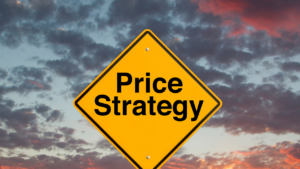
Check Out Our Additional Blog Posts Here:
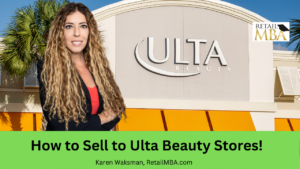
Ulta Beauty Vendor
Ulta Beauty Vendor – How to Sell to Ulta Beauty Stores. Click Here to Learn More!
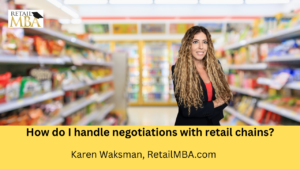
Retail Strategy
Retail Strategy – How do I handle negotiations with retail chains? Click Here to Learn More!
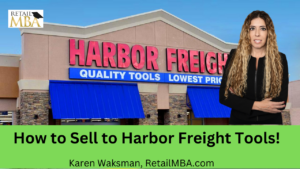
Harbor Freight Tools Vendor
Harbor Freight Tools Vendor – How to Sell to Harbor Freight Tools. Click Here to Learn More!
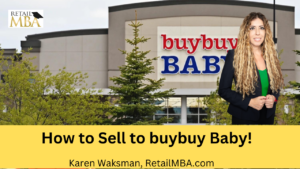
buybuyBaby Vendor
buybuy Baby Vendor – How to Sell to buybuy Baby Stores. Click Here to Learn More!

Hobby Lobby Vendor
Hobby Lobby Vendor – How to Sell to Hobby Lobby Stores. Click Here to Learn More!
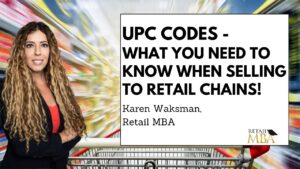
Buy UPC Codes
Buy UPC Codes – What You Need to Know About UPC Codes and Retail Chains. Click Here to Learn More!

